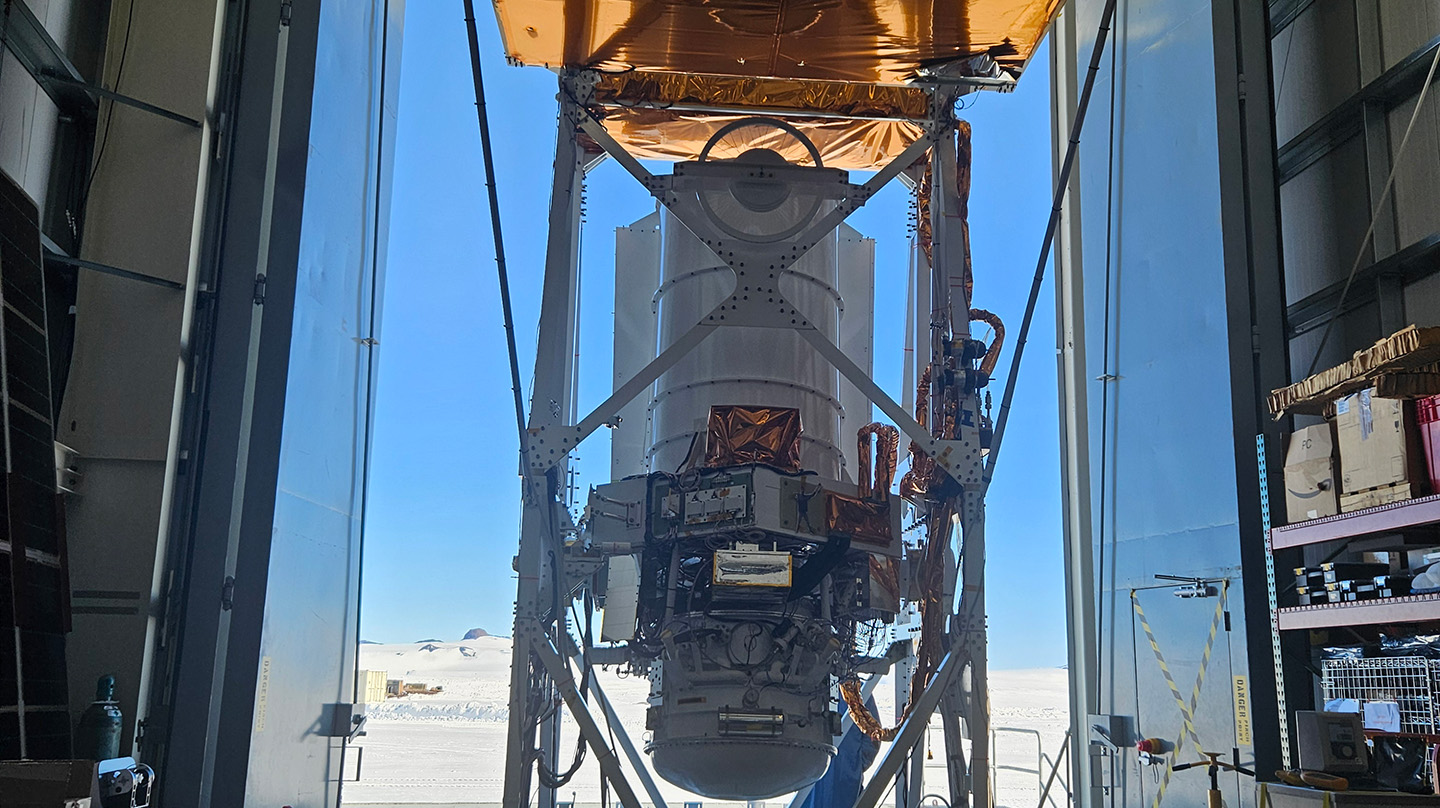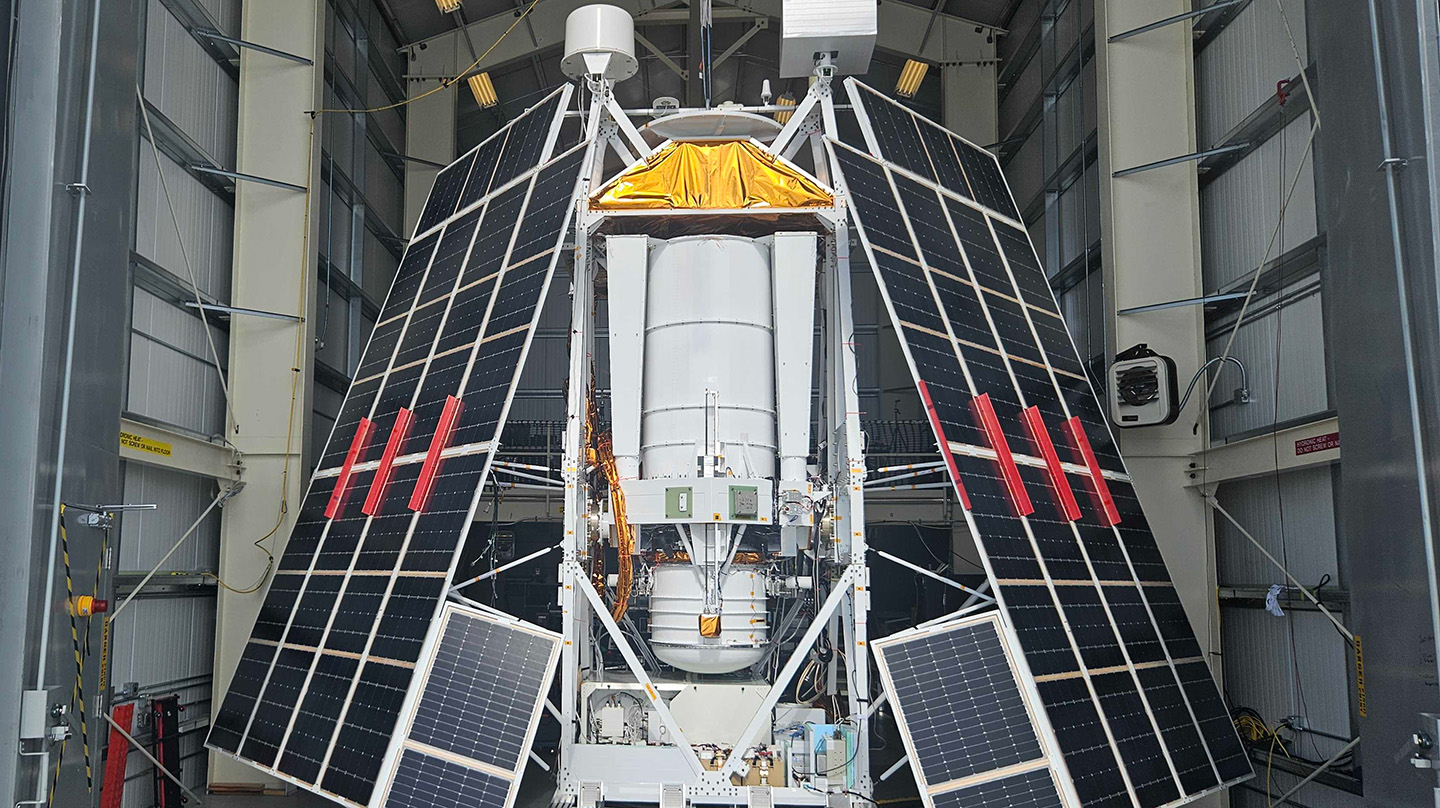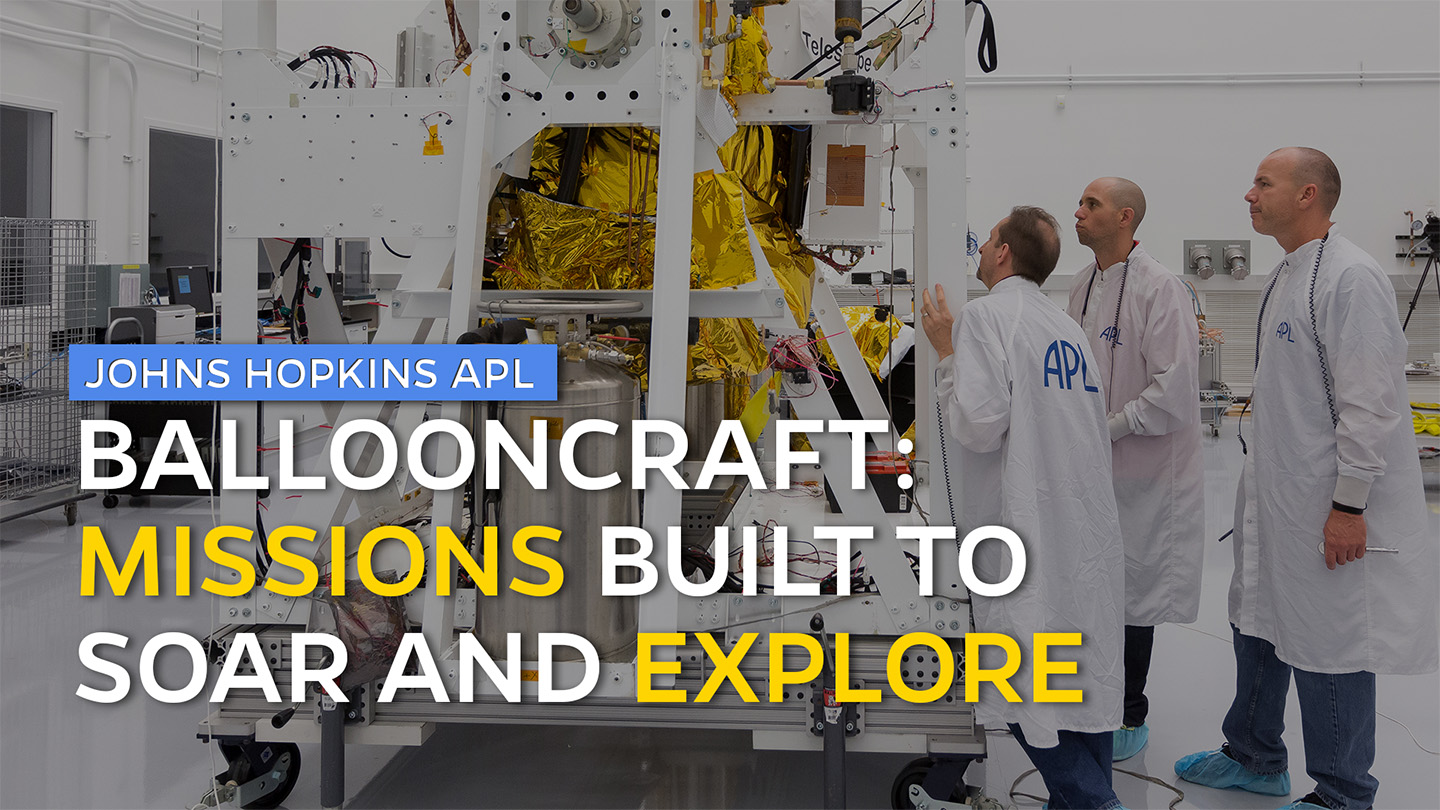Press Release
GUSTO Mission Breaks NASA Record for Longest Flight by Heavy Lift Balloon
NASA’s latest mission to explore our universe by balloon has officially soared into the record books.
The Galactic/Extragalactic ULDB Spectroscopic Terahertz Observatory (GUSTO) broke the record for the longest flight time by a heavy lift, long-duration balloon on Feb. 24, topping the previous record holder, which lasted for 55 days, 1 hour and 34 minutes. The new record is 57 days, 7 hours.
“We are thrilled that GUSTO performed so well,” said Kieran Hegarty, program manager for GUSTO at the Johns Hopkins Applied Physics Laboratory (APL) in Laurel, Maryland. “That it broke the record is a testament to the dedication of the team that developed this system and then operated it around the clock during a challenging set of Antarctic operations.”
Launched near McMurdo Station in Antarctica last December, GUSTO — a mission collaboration between NASA, the University of Arizona, APL, the Netherlands Institute for Space Research (SRON), the Massachusetts Institute of Technology, the Jet Propulsion Laboratory, the Smithsonian Astrophysical Observatory and others — features a radio telescope suspended in the air from a balloon the width of a football field.
The telescope’s observations will help scientists create a 3D map of a large part of the Milky Way galaxy to determine the abundances of carbon, nitrogen, oxygen and other elements critical to life.
While in the sky, GUSTO “listened” to high-frequency signals emitted by these elements within clouds of dust and gas that accumulate between stars. The airborne observatory will also reveal the 3D structure of the Large Magellanic Cloud, a dwarf galaxy near the Milky Way.
Why Antarctica?
Launching from Antarctica is extreme, but the region’s low humidity provides the type of environment GUSTO requires to complete its mission.
“It’s a radio telescope detecting high-frequency radio waves. Those frequencies are absorbed by moisture,” said Elliot Rodberg, GUSTO’s integration test engineer at APL. “In Antarctica, we can get above most of the moisture in the atmosphere into a region with low humidity.”
Scientists also benefit from Antarctica’s lack of airspace restrictions, allowing GUSTO to fly for weeks without worry of interruptions or potential interference with aircraft. And with circumpolar winds that encircle the South Pole, GUSTO can ride the gales for weeks.
“These balloons don’t have propulsion, so you’re dependent entirely on the winds,” said James Tobias, lead mechanical engineer for GUSTO at APL. “Staying within this general region allows our instrument to survey the same area of the sky for an extended period of time.”


